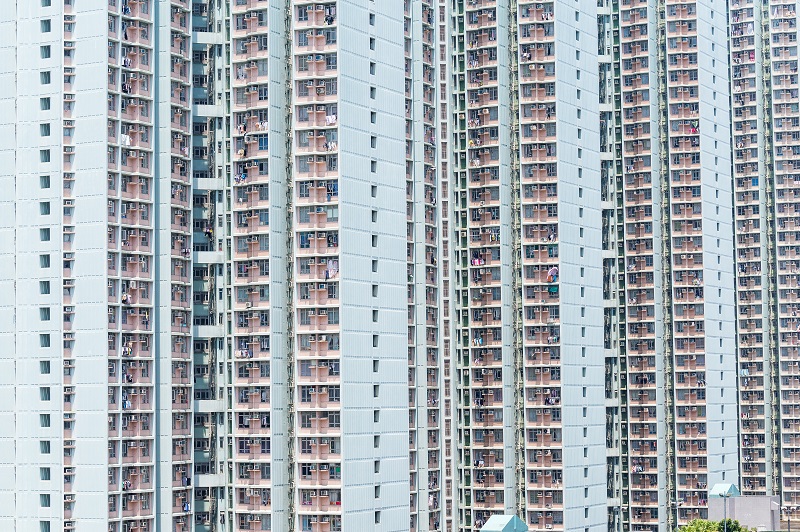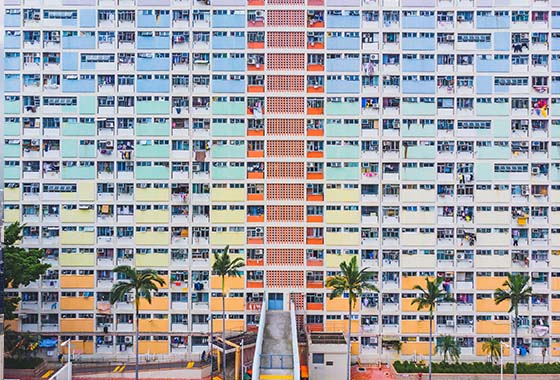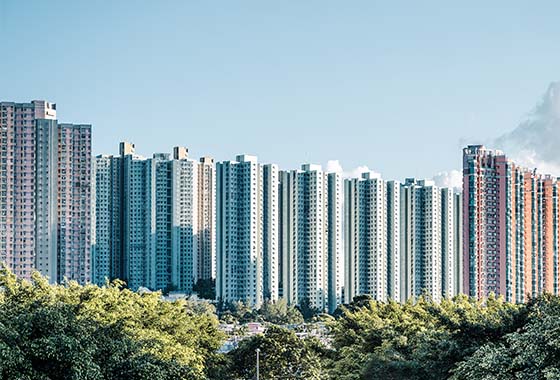Ample housing supply hinges on better administrative efficiency
This article appeared originally in the China Daily on 2 December, 2021.
Authors: Ryan Ip, head of Land and Housing Research and Calvin Au, assistant researcher at Our Hong Kong Foundation

Accommodation in Hong Kong has long been plagued with cramped living environments and unaffordable prices that average residents can no longer tolerate. The future housing supply must be ample and swift. In various studies, Our Hong Kong Foundation has proposed different options to tackle housing problems from the perspective of quantity. This article will explore from the perspective of speed.
In line with our previous recommendations, the 2021 Policy Address ambitiously introduced the Northern Metropolis Development Strategy. However, on the basis of the current development procedures, it would take at least a decade, if not longer, to build the proposed metropolis. Meanwhile, the Policy Address does not offer effective solutions to alleviate the housing deficit in the short run.
Since the Long Term Housing Strategy (LTHS) was first proposed in 2013, there has not been a single year in which housing completion has met the target. General applicants for public rental housing now have to wait for 5.9 years on average, while a severe shortage of 120,000 public and private housing units was accumulated in the past eight years, equivalent to 1.6 Taikoo Shing and 13.5 Choi Hung Estates combined. To fill the gap completely, the government needs to add those 120,000 units on top of the estimated 180,000 units of supply scheduled between 2021 and 2025, offering a total of 300,000 units of public and private housing in the next five years (approximately 60,000 units per year). This figure falls between the one proposed by the then-chief executive Tung Chee-hwa (85,000 units per year) and the latest figure mentioned in the LTHS (43,000 units per year).
It is a tremendous challenge to address this deficit in the short run. Instead of developing "primitive land" from scratch, it is more practical to speed up the development of spade-ready sites and semi-spade-ready sites by simplifying development procedures. Only with a clear supply target and a hastened development process can the housing-supply problems be solved in the next five years.
We estimate that around 230,000 public and private housing units will be completed between 2026 and 2030. Under close scrutiny of the relevant residential development projects, it was discovered that approximately 120,000 units are in the later stages of development (i.e., site formation, design or construction work, and resumption/relocation/application for planning permission). Hopefully, these projects can be completed in the coming five years once the development procedures are simplified, addressing the aforementioned shortage.
Unquestionably, the actual simplification depends on the nature of the projects. Regarding site formation and construction of private residential projects, we recommend importing labor and simplifying the approval process of construction plans. As for site formation and construction of public housing projects, we propose reintroducing private sector participation to enhance efficiency. Concerning projects under planning and land administration procedures, we suggest expediting the resumption and clearing of land. The detailed designs and site formation works for the remaining phases of New Development Areas should also be conducted simultaneously.
Currently, different development stages of the New Development Areas projects are taken on by various government departments. Without a specific department responsible for coordination and monitoring the progress, buck-passing among the departments with a lack of cooperation is inevitable. We suggest that reference can be taken from the former Territory Development Department to establish a specific development office for each New Development Area to set quantifiable targets, clearly define the responsibilities of relevant units and monitor their progress.
After the implementation of the recommendations above, some projects originally scheduled between 2026 and 2030 will be completed ahead of schedule, but there will still be a dearth of housing supply during that period. Thus, the government must push forward projects originally scheduled to be completed after 2030, such as the Northern Metropolis and Lantau Tomorrow Vision. For the long run, Our Hong Kong Foundation recently published a study report about speeding up the urbanization of the New Territories. It is estimated that over 3,000 hectares of developable land can be provided. Hopefully, this can solve the long-standing problem of an insufficient housing supply in Hong Kong once and for all.
The Northern Metropolis is a long-term strategy, and its results can be achieved only when the existing development procedures are substantially simplified. Otherwise, the history of never-ending studies and consultation will repeat itself. Hence, to quickly address the accumulated shortage and execute large-scale development projects in the long term, simplification of procedures is the prerequisite. Given the Development Bureau's and the Transport and Housing Bureau's consent to submit quarterly reports regarding the progress of public housing supply for the 10 years ahead, further steps can be taken by, one, setting a clear target of supplying 300,000 units in the next five years; two, streamlining procedures; and three, strengthening supervision to ensure swift and ample supply. Hong Kong's growth potential and public confidence can therefore be reactivated.



